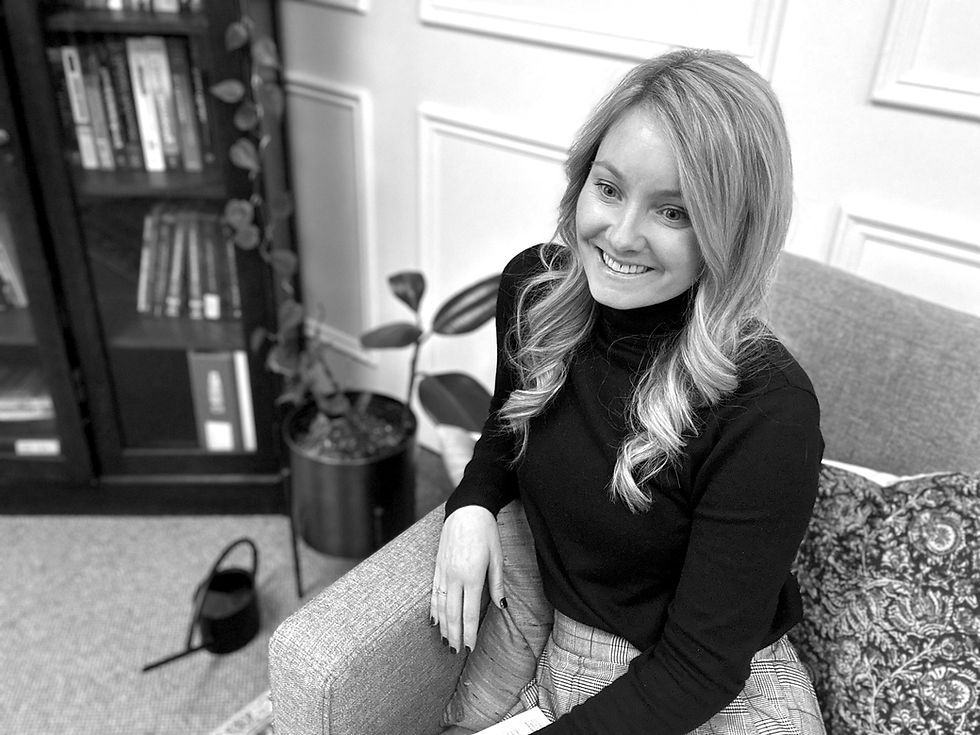03. Creating Cohesion Across Supervision Sessions
- Dr. Leah Todd
- Jan 15, 2024
- 3 min read
Without planning and intention, supervision can become a series of sessions that, at times, seem disjointed – a collection of moments rather than a continuous narrative. It's not uncommon for supervisors to find themselves navigating a pattern of question-and-answer, where supervisees seek solutions to specific cases without a broader sense of professional development. It is our responsibility, as supervisors, to foster an environment where each supervisory interaction contributes not only to immediate problem-solving but also to the overarching growth and advancement of our supervisees as professionals.
Over the years, I have discovered several strategies that help prevent this unintentional pattern from occurring, and I am so excited to share them with you; my five practical tips aimed at building greater cohesion across supervision sessions. By implementing these strategies, you can foster an environment where each interaction not only addresses immediate concerns but also creates a continuous journey of professional development for your supervisees.

1. Connect Content to Training Goals:
Tip: Set aside dedicated time in each session to connect the content discussed back to the larger themes in your supervisee's training goals. By reinforcing the relevance of each discussion to their broader professional development, you anchor the sessions in purpose and create a seamless link between immediate challenges and overarching career aspirations. You might leave 15 minutes at the conclusion of supervision to ask your supervisee the following questions to circle back to training goals:
“How did today’s supervision align with your overall training goals?”
“How did today’s supervision contribute to your progress toward [specific training goal]”
“Considering the cases and topics we explored, can you identify any strategies or insights from today's session that you see directly impacting your practice and aligning with your professional objectives?"
"Looking ahead, how do you envision incorporating the key takeaways from today's session into your ongoing work and the overall trajectory of your professional development?"
"In the context of your training goals, is there anything specific you feel needs adjustment or enhancement in our future sessions to better align with your evolving needs and aspirations?"
Once you master these end-of-session reflective questions, you might try integrating similar questions throughout your discussion. In so doing, their professional development goals are never an after-thought, but rather, the driving force behind all supervision sessions.
2. Establish a Consistent Framework:
Tip: Develop a consistent framework for supervision sessions. By providing a structured agenda or routine, you create a familiar and predictable environment that supervisees can prepare for more thoughtfully. When they anticipate questions aimed at connecting particular challenges to their overall training goals, they begin the process of self-reflection before stepping into your office and come prepared with more thoughtful and relevant content to discuss.
3. Encourage Reflective Practice:
Tip: Foster a culture of reflective practice within each session. Encourage supervisees to explore not only the "what" but also the "why" and "how" of their clinical decisions. By consistently integrating reflection, you promote a deeper understanding of their work, linking individual cases to broader patterns and themes that contribute to their professional growth.
4. Set Clear Developmental Milestones:
Tip: Collaboratively set clear developmental milestones with your supervisee. Define short-term and long-term objectives aligned with their career aspirations. Regularly revisit and assess progress toward these milestones, ensuring that each session becomes a purposeful step in their professional journey. This goal-oriented approach adds structure and direction to the supervisory relationship.
5. Discuss Issues Related to Professional Identity:
Foster an environment that encourages supervisees to articulate not only the challenges associated with specific cases but also their reflections on the evolution of their professional identity. Cultivate a sense of curiosity regarding their transition from student to clinician, and inquire into the broader shifts in identity since assuming the role of a psychotherapist. Recognize that supervision extends beyond the practical aspects of executing psychotherapy; it encompasses the profound journey of "becoming" a psychotherapist. The overarching objective is to contribute to the development of a sustainable and fulfilling professional life in the long term.

Building greater cohesion across supervision sessions is not only possible but crucial for the sustained growth of supervisees as clinicians. By implementing these practical tips, you can transform your supervisee’s experience into a purposeful continuum, where each session is a stepping stone toward a more nuanced and enriched professional journey.



